Trading Ship Historical Heritage of the Origin of Lhokseumawe City (Samawi Bay Coin)
Assalamualaikum warahmatullahi wabarkatuh. All steemit friends wherever they are, on this occasion I introduce the origins of the city center of Lhokseumawe, Aceh province. In the second half of the 18th century, Aceh was still a fairly strong country with wise leaders, who played a role as one of the key players in the world trade routes in the Malacca Strait and the West Coast of Sumatra. The Aceh Sea Fleet is still highly respected by all trading colonies, including European colonials. The Sultan as the holder of supreme sovereignty has issued strict regulations regarding trade, both exports and imports, for almost all types of trade. The sultan's policy was intended to strengthen the country's economy. However, some local leaders, especially leaders from the Three Sagi of Aceh (Sagi XXII, Sagi XXV, and Sagi XXVI) objected to the sultan's strict regulations. The country's economic policies sparked a rebellion spearheaded by Tuanku Panglima Po Lim Muda Perkasa Sagi XXII against the sultan. During the reign of Sultan 'Alauddin Muhammad Syah (𝘮𝘦𝘮𝘦𝘳𝘪𝘯𝘵a𝘩 1781–1795), troops supporting the leaders of Tiga Sagi Aceh surrounded Langgar Kuta Dalam for three months as a form of resistance to the sultan's policies. Apart from the Tiga Sagi Aceh, Tuanku Bentara Kemangan Raja Setia Indera Negeri Pedir Tengah also united against the sultan. However, the sultan's power was still too strong to be resisted, especially in the maritime area, where the contents of the regulations were enforced. Therefore, more resistance was carried out on land. Such tension and resistance continued until the change of sultan. In 1795, the son of Sultan Muhammad Syah, Pangiran Husain ascended the throne with the title 𝘭 '𝘈𝘭𝘢𝘮 𝘚𝘺𝘢𝘩 𝘑𝘢𝘶𝘩𝘢𝘯 𝘉𝘦𝘳𝘥𝘢𝘶𝘭𝘢𝘵. During his leadership, the country still enforced the old regulations made by the previous sultan. This made the leaders of Tiga Sagi Aceh and the leaders of Pedir continue their resistance against the new sultan. Around the last quarter of the 18th century, a rich merchant from Pulau Pinang, Sayyid Husain Al-'Aidid visited Aceh to build his trade network. He is known as a nobleman who was born in Aceh and moved to Kuala Selangor when he was a child. His grandfather was said to be the son-in-law of 𝘚𝘺𝘢𝘩. Apart from his increasingly strong trade network, Sayyid Husain also had followers and allies. As a trader, he also felt uncomfortable with state policies regarding trade, especially customs issues. At the beginning of the 19th century, because conditions in Bandar Aceh were not conducive, Sulthanjauharul 'Alam Syah transferred his power to Samawi Bay, which at that time was one of the busiest ports on the island of Sumatra. Apart from still applying the old regulations, the sultan also added new regulations, especially for certain special goods that must enter through the Samawi Bay port. The Sultan directed his agents in Pulau Pinang to publicly publish this regulation, which came into effect on 13 Zdulqaidah 1225 Hijrah (15 January 1811). To support the state's fiscal and monetary policies, the sultan issued coins (coins) in his name and that of his new dealer, for the betterment of the dealer. The coins minted by Jauharul 'Alam are made of tin. In the periodic table, tin is a chemical element which has the symbol Sn (stannum), with atomic number 50, differentiated from black tin (lead) which has the symbol Pb (lead) with atomic number 82. Tin is a metal that does not easily oxidize in air. , which makes it rust-resistant. Because of its advantages, tin has long been used as a coin other than gold, silver and bronze. In the northern region of Sumatra itself, tin coins have been used since the time of the Daulah Shalihiyyah (Sumatra-Pasai) at least in the 15th century. These Samawi Bay coins have an average diameter of 24 millimeters, a thickness of 2 millimeters, and an average weight of 3 grams. The coin has two sides, each side of which bears the inscription 'Arabic. The first side is inscribed. I quoted this story on Medium in the city of Lhokseumawe, Aceh province.
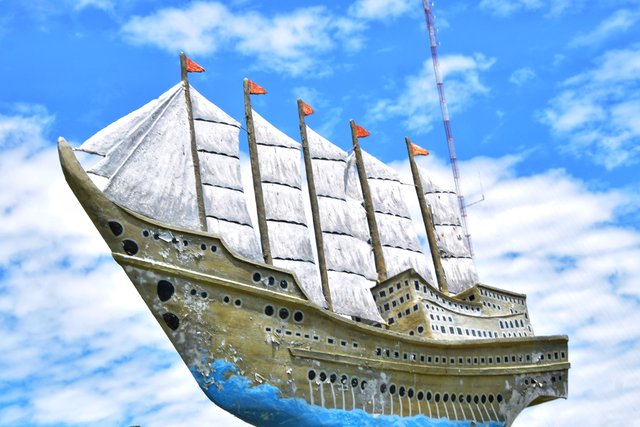
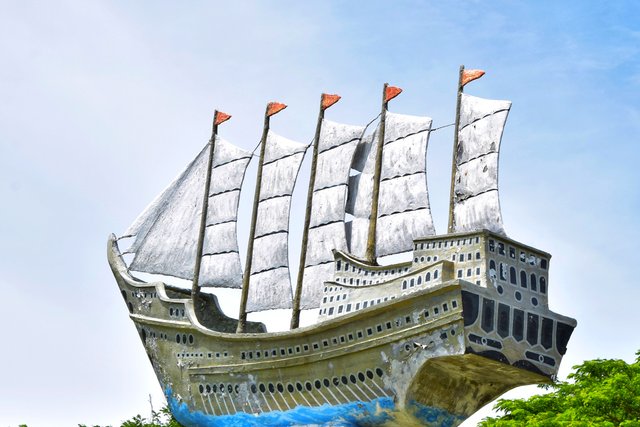
The year number written on the Sulthanjauharul 'Alam Syah coin is the first year number written using Western Arabic numerals on a coin in the history of Aceh. Western Arabic numerals are Arabic numerals used by Arabs in the Maghreb (Libya, Tunisia, Morocco and Al-Jazair) and Al-Andalus, which were then used by Europeans along with Latin numerals to this day. In the Malay Archipelago itself, Western Arabic numerals were introduced by Europeans, where previously island communities used Eastern Arabic numerals as used in the Arabian Peninsula, Persia and South Asia. Western Arabic numerals themselves are a development of Eastern Arabic numerals, which were originally taken from Indian numerals. In general, tin coins in Aceh are called "keuh". The same term is used for "cash" in English, which is derived from the Portuguese "caixa", it is derived from the Tamil word for "kasu" as a monetary unit used in Southern India, ultimately originating from the Sanskrit "karsa" for mentions the unit of weight for silver and gold in India during classical times. The Samawi Bay coins first appeared in the currency studies work of Prof. Hendrik Chistiaan Milliës with the title "Recherches Sur Les Monnaies Des Indigènes De L'archipel Indien et La Pèninsule Malaie" (Research on the Coins of Native Islanders on the Malay Peninsula), La Haye, Nijhoff, 1871.
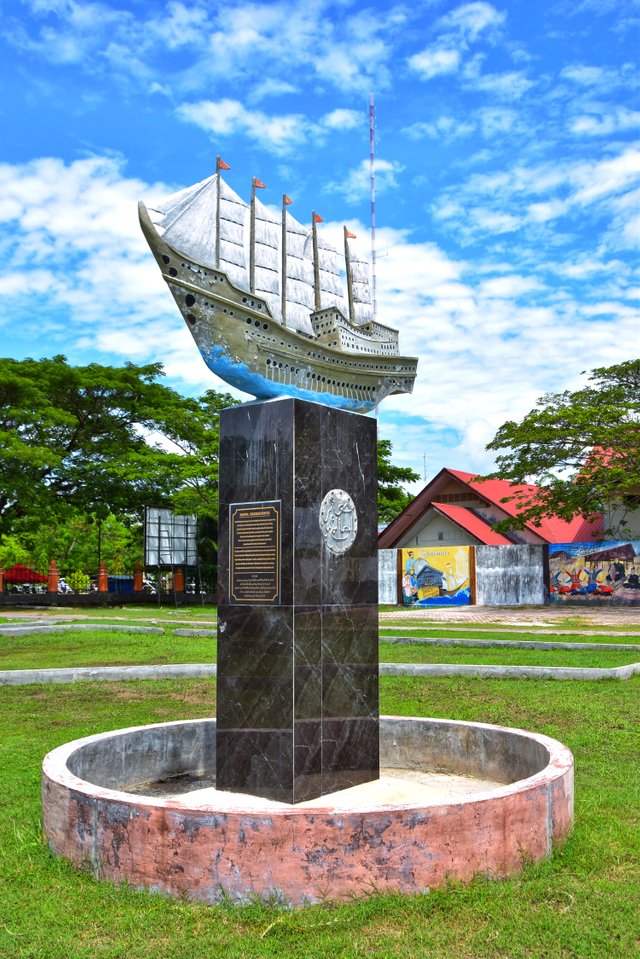
In 1866 Mr. H. C. Millies, professor of oriental languages and literature at Utrecht entered into correspondence with Mr. Millard (secretary at the Royal Institute for Dutch East Indies Philology and Ethnography), regarding the publication of a work concerning Dutch Indies coins. This work, which promised to contribute to the advancement of science, was finally published in 1871, after Milliës' death on 26 November 1868. The Samawi Bay coins are detailed on page 105. “Samawi Bay” is translated into French as "port ou baie céleste". Samawi is the same as Céleste, of course it is interpreted from Arabic. If translated into Indonesian, Céleste has the synonyms: space, heavenly, divine, perfect, amazing. There have been no reports of Samawi Bay coin molds ever being found. However, if we refer to the method of making coins in general, it is likely that the method of making these coins is the same as making other tin coins. Generally, molds are made from sand, clay, wood or stone. One mold can usually hold several coins. The mold material has previously been engraved with negative characters for two sides of the coin, then the metal is poured through a hole made in the edge. Based on pictures of Samawi Bay coins that we obtained from various collectors and museums, the characters and positions of the letters are different from each other. This indicates that the master mold was carved non-uniformly, and this has been very common on metal coins in this part of the world since ancient times. This Samawi Bay coin is a coin that is very rare to find compared to other Keuh coins from the Aceh region, even though the period is quite close to the present. There are indications that this coin was a very limited mint and circulated in the sultan's territory to support regulations made before the coin was issued. Several years after the coin was issued, in 1815 the leaders of Tiga Sagi Aceh agreed not to recognize Jauharul 'Alam as sultan, and simultaneously appointed Sayyid Husain Al-Aidid as ruler of Aceh, who also received full support from Teuku Raja Faqih in Pedir. Because he felt he was very old, Sayyid Husain then appointed his son, Sayyid 'Abdullah to occupy the throne of Aceh with the title 𝘚𝘶𝘭𝘵𝘩𝘢𝘯 𝘚𝘢𝘪𝘧𝘶𝘭 '𝘈𝘭𝘢𝘮 𝘚𝘺𝘢𝘩. Meanwhile, Jauharul 'Alam Syah, who is based in Samawi Bay, still considers himself the legitimate sultan. This made Aceh at that time have double leaders, each of whom had strong supporters. Sultan Saiful 'Alam was supported by leaders from Tiga Sagi Aceh and Teuku Raja Faqih from the Pedir area. Meanwhile, Jauharul 'Alam controls two-thirds of the Aceh coast, and his main supporter is the ruler of Samawi Bay who controls the North-East coast of Aceh.
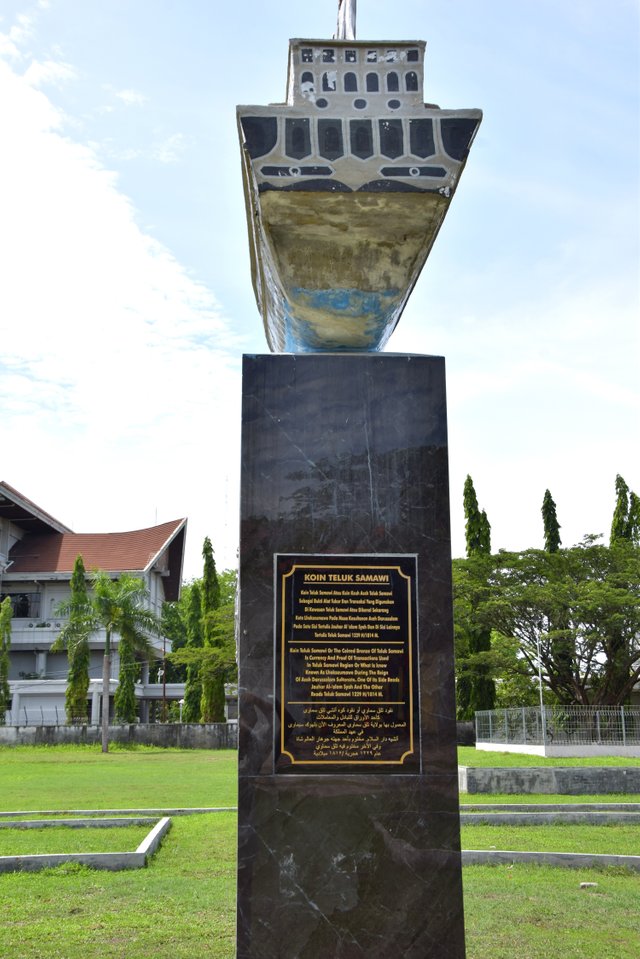
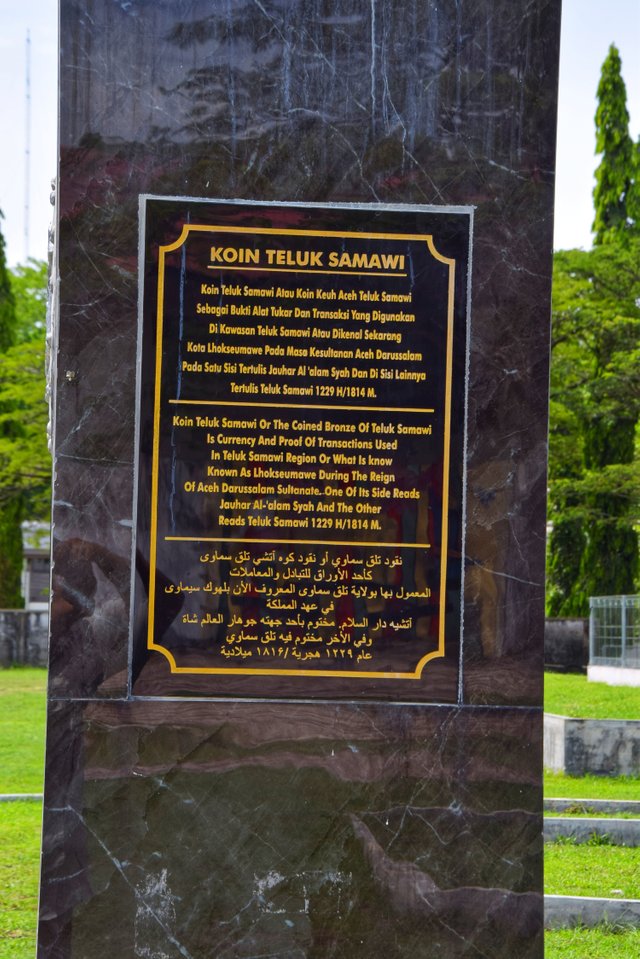
During Saiful 'Alam's reign in Bandar Aceh, his policies were also considered unfavorable to Pedir, therefore Teuku Raja Faqih or better known as Pakeh Pedir expressed his displeasure with the new sultan. Because of this, Pakeh Pedir also tried to reopen relations with Jauharul 'Alam, who is still considered his relative. The peak of the relationship between the two was marked by the visit of Sultan Jauharul 'Alam Syah to Pedir at the end of 1817, who since then transferred his power from Teluk Samawi to Pedir. This period is widely known as the "Age of Two Kings", one of whom ruled in the land of Aceh, and the other in the land of Pedir. The Age of the Two Kings greatly influenced the political and trade climate in the Malacca Strait and the West Coast of Sumatra, both for local rulers and European colonial rulers. In Pedir, Sultan Jauharul 'Alam Syah became more open with the Dutch. This made Thomas Stamford Raffles very worried about disrupting British trade, especially the trade route to China. For this reason, Raffles will try to approach Jauharul 'Alam and plans to support him as sultan in order to distance Dutch influence from the east coast of Sumatra. England, which from the start showed a neutral attitude and was reluctant to interfere in Aceh's internal affairs, now its officials were divided in support of the legitimate sultan. Raffles, who at that time had just served as Lieutenant Governor of Bengkulu, clashed with the Governor of Pulau Pinang, Colonel John Alexander Bannerman. Raffles was also opposed by Captain John Monckton Coombs on Aceh's political issues. News about Aceh was conveyed to Hastings (Lord Moira), Governor General of India in Calcutta. Raffles went to Calcutta to inform the Governor-General of the risks that Holland's close relationship with Jauharul 'Alam posed to British trade routes to China and Japan. Raffles assessed that it was time for England to enter the Aceh political space to carry out mediation. Coombs, who was also in Calcutta, expressed a different opinion on the Aceh issue, he was worried that Saiful 'Alam's position would be annulled, because it could harm Pulau Pinang. The difference in views between the two means that the Governor-General will take the Aceh problem to London to find a solution. This is a moment that can introduce everyone to the Steemit community, thank you for visiting and supporting the collaboration going well.